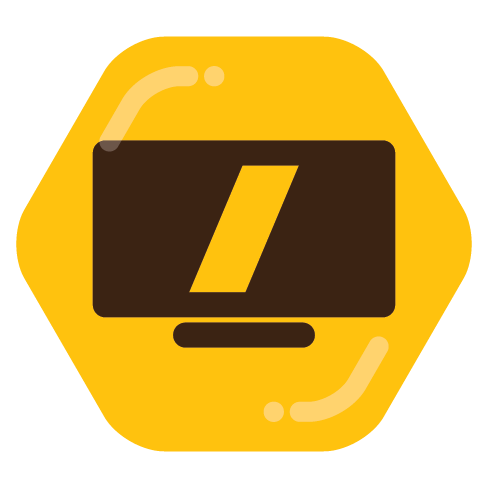

I’m currently modelling my car using Blender. The screenshots show the progress of approximately 2 weeks (entire weekends and a few hours after coming home from work). Some parts are created rather fast, and some parts take hours to get the shape correctly. Worst part in that matter ist the front bumper with its fog light. It took almost the whole weekend. The hood was made within an hour, since it has a simpler shape, compared to others.
For reference I use photos, where I do the details by eye measure. To get the general shape I traced the views (front, back, side, above) from drawings of the cars manual using Affinity Designer beforehand. This alone took me over one week, beause I only could do it after work.










Thank you. Why am I doing it: I re-discovered Blender a couple of months ago and followed the famous Donut-Tutorial. After that I made some minor things, then I modelled and animated my Laptop, and now I’m challenging myself with a bigger project with more complex shapes. And boredom.
I’m working in the Architecturial field, so I know how to work in 3D in general. In architecture, however, I need to consider all kinds of measurements correctly - that is someting I dont’t need to do in Blender for an extent. I just enjoy the build.
I tried Blender before (I think it was Version 2.x) but in the end it didn’t work out for me. Meanwhile the software got better.
Back when I still studied (couple of years ago) I did some renderings using Cinema 4D, since we had it on some universities computers. But I didn’t model anything in C4D. I had a CAD Software, which wasn’t that capable of 3D back then, but one could draw precicely. For the 3D stuff I used Sketchup. I could interchange the files (mostly dxf files) between the programs. For renderings I imported a 3DS-file into C4D and put textures on it. Our software at work is capeable of creating rendered images.
My goal is to import the car model into our architecture software at work and sneak it into a rendering.